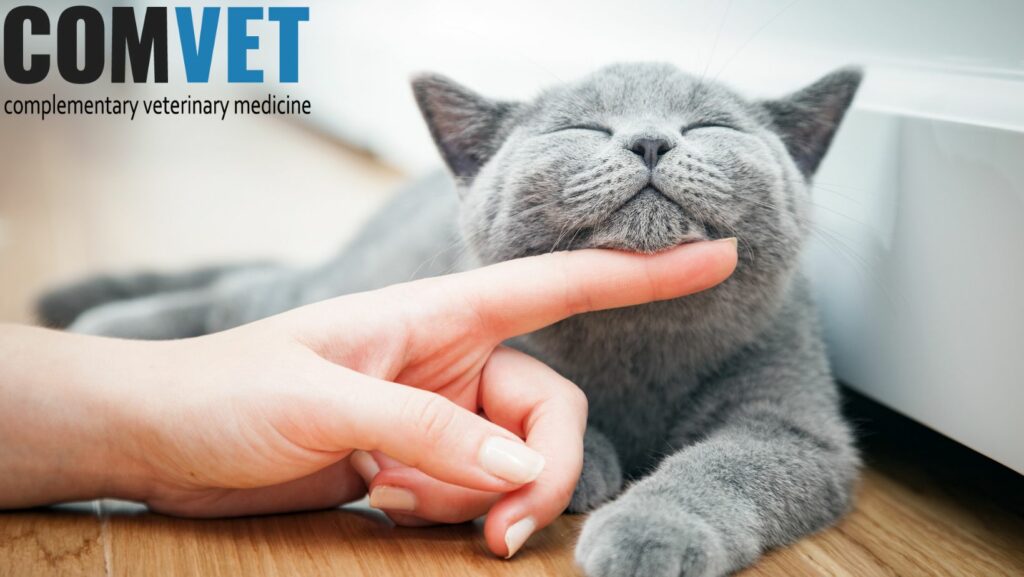Cats, with their graceful moves and captivating charm, have seamlessly become integral parts of our lives. The connection we share with these mysterious beings extends beyond mere companionship; it’s a unique bond that has flourished over thousands of years. In this blog post, let’s explore the reasons behind our relationship of adoration with cats, the common health issues they face, and the historical context of feline joint problems.
Why Humans and Cats Make the Purr-fect Pair
The bond between humans and cats is rooted in mutual respect and understanding. Unlike other domesticated animals, our connection with cats is marked by equality and choice. Cats, known for their independence, have chosen to share their lives with us on their terms. This is probably what makes our relationship with them so special – unlike other animals (sorry pooches!) Cats choose when and how they interact with us.
Mutual Understanding
Cats have an innate ability to read and respond to human emotions. Their perceptive nature allows them to offer comfort during challenging times, making them intuitive companions for emotional support.
Respect for Independence
Cats value their independence, aligning seamlessly with the lifestyle of many modern humans. The relationship with a cat is one of equals, where boundaries are respected, and affection is given freely (and sometimes not as often as we would like).
Communication Through Body Language
Cats communicate primarily through body language, and humans have adapted to understanding their subtle cues. This non-verbal communication creates a harmonious environment, fostering a deep understanding between species.
Shared Spaces and Routines
Cats seamlessly integrate themselves into our daily lives, becoming an integral part of our routines. Whether curled up on a sunny windowsill or playfully engaging with toys, they bring joy and companionship.
Common Causes of Joint Issues in Cats
While our bond with cats is strong, they are not immune to health challenges. As cats age, joint issues can become a prevalent concern. The historical context of joint problems in cats can be traced back to their wild ancestors, whose agile and adventurous lifestyles placed significant stress on their joints.
Causes of Joint Issues in Cats:
The Aging Process
As cats age, the wear and tear on their joints become more pronounced. Arthritis, a common joint issue, may develop, leading to stiffness and discomfort. Joint supplements for cats are an effective way to improve quality of life, however there are other issues that may affect the feline aging process.
Genetics and Breed Predisposition
Certain cat breeds, like Maine Coons and Persians, are more prone to joint issues due to genetic factors. It’s essential for owners of predisposed breeds to be vigilant about joint health.
Injuries and Trauma
Accidents or trauma can result in joint injuries, causing long-term issues if not addressed promptly. Sprains, fractures, and dislocations can all contribute to joint discomfort.
Obesity
Just like humans, overweight cats face an increased risk of joint problems. The additional weight placed on their bodies adds stress on the joints, potentially leading to conditions like osteoarthritis. You can find more information about healthy cat weight ranges here!
Recognising Symptoms of Joint Issues:
Changes in Mobility
Cats experiencing joint problems may exhibit changes in their mobility. Reluctance to jump, climb, or use stairs are common signs.
Limping or Favouring a Limb
Persistent limping or favouring one limb over another may indicate joint pain or injury. Observing changes in gait is crucial for early detection.
Difficulty in Grooming
Cats with joint discomfort may find grooming challenging, leading to unkempt fur and the development of mats. Changes in grooming behaviour should be investigated.
Suggested Treatments and Management:
Joint Supplements for Cats
Providing a balanced and joint-friendly diet is essential, especially for senior cats. Specialised cat foods or supplements containing ingredients like green lipped mussel, glucosamine and omega-3 fatty acids can promote joint health.
Weight Management
Maintaining a healthy weight through portion control and regular exercise is crucial for preventing and managing joint issues, particularly in overweight cats.
Environmental Modifications
Creating a cat-friendly environment involves minimising the need for excessive jumping or climbing. Providing ramps or steps can assist cats with compromised mobility.
The Importance of Regular Veterinary Check-ups
Routine veterinary check-ups are instrumental in detecting and addressing joint issues in their early stages. Vets can perform thorough examinations, including X-rays if necessary, to diagnose joint conditions and formulate an appropriate treatment plan.
By staying attuned to your cat’s behaviour and promptly addressing any signs of joint issues can significantly impact their quality of life. Regular veterinary check-ups are crucial for maintaining your cat’s overall health and well-being, ensuring that they enjoy a comfortable and active life for years to come. By being proactive in their care, we can provide our feline friends with the love and attention they deserve throughout their lives.
Also, by having a basic understanding of joint health, you can help your cat be more comfortable with combining monitoring of movement and mobility with a supplement support. You can find our range of Feline Supplements here.

